In June 2010, on my way back to India, I flew to Delhi from Chicago. While looking down from the airplane, I realized that I couldn’t see anything clearly at all from the window.
Part of it could have been because most of the city was dusty by being dug up for Commonwealth Games, and maybe it was also due to scorching summer and lack of humidity in the air. But a major role was simply played by the pollution in the air.
That made me wonder, if there was so much dust in the atmosphere, wouldn’t everyone be inhaling it all the time?
And with improper enforcement of anti-pollution laws (state of Yamuna clearly shows the lack of it), there are bound to be many hazardous pollutants in the air too. And all of them simply, pretty much forcibly, just thrust into our lungs.
So why are people not doing anything about it? I think that’s primarily because it does not really have a political will behind it, and that’s because it difficult for people to tangibly notice the impact of the polluted environment on them on a daily basis. If one entirely lives ‘in’ a polluted city with nothing to compare to, that becomes the ‘default setting’ and the ‘new normal’.
One of the most obvious solutions is to plant more trees. It only commonsensical that trees will help keep the air a little cleaner with absorbing Carbon Dioxide and release Oxygen (Yes we learned that in 3rd standard).
Here is an article written about the benefits of having a green city. But whether we need to plant more trees is not the question, because that is already widely accepted.
The question is whether we are planting enough, and whether we are planting them appropriately. To answer these questions, I thought it best to compare cities in India with cities in Western Europe and US.
Thanks to Google maps and Jing technologies, I was able to put the following pictures here. I have tried to compare apples with apples by comparing smaller cities and the suburbs of bigger cities (where real estate is not super expensive and rare) and by keeping the same map zoom-in level.
In other words, I considered on those places where people do have the resources to plant more trees, and tried to compare number of trees per unit area.
Contents
Here are the Indian cities and suburbs:
Lucknow, India
Hyderabad suburbs, India
Noida, India
Notice how in our Indian cities and suburbs, buildings are almost completely stacked together. With no breathing space at all!
Such densely populated places provide absolutely no respite from pollution, desalination of soil, and hotter temperatures. It also provides almost negligible rainwater retention (and contributes to dropping water tables and water scarcity).
I could also notice a significant divide between East Delhi suburbs (commonly known as Trans-Yamuna) and Central and South Delhi. Central and South Delhi areas were significantly greener, making me wonder if there such a huge difference in living conditions should be acceptable by people! But then again, it is not everyday that you compare how many trees you have (or can afford to have) in your locality versus another locality.
Here are cities from US and Europe:
The first picture is of a Chicago suburb called Scahumburg. It has a similar profile to that of Noida in the sense that many people live in Schaumburg and work in Chicago.
Schaumburg, US
Nice, France
Tooting, London, UK
What is clearly visible is that greenery in the captured areas is far less for Indian cities, no matter where they are, when compared to suburbs and cities in US or Europe.
This is not a research study, so I am sure the sample data I am looking at is flawed after a point. But I definitely wanted to put up some comparison between what Indian cities are doing versus the ‘better’ cities of developed world of US and Europe.
Given this, I wanted to address at least one problem: That of level of awareness in India about the shoddy state of the green cover in Indian cities.
Here is a great report on a comparative study on Asian cities on many factors, including environmental governance. In most parameters, Indian cities fared as average or below average in comparison to other comparable Asian cities. Keep in mind that this comparison did not consider other American and European cities.
Green City Index
Delhi, by various accounts (click here) has been bragging about being one of the greenest capitals in the world. I could not find any proper research report confirming this fact, so I am at least unconvinced that this is entirely true.
At any rate, even if that is the case, the distribution of green cover is very, very lopsided. This leaves a huge chunk of population deprived of greenery and exposes them to pollutants, less water and puts their health at tremendous risk.
On the national level, only about 20% of land mass in India is covered with forests, as compared to 33% in the US, 30% over the world, 34% in Canada, and 22% in China.
There are causes of tremendous concern about overall forest cover too, as shown by this report in nature.com, which says that illegal deforestation are causing significant harm to Indian forests. The Hindu also noted in this report that India’s forest cover has declined since 2009. Deforestation in the Gangetic plane resulted in a loss of $2 Billion according to this report.
For further reading, have a look at this report from Forest Survey of India
I think the green cover is especially critical in city areas given the concentration of pollutants, and the concentration of population (Mumbai has 20000+ people living per square kilometer!). Maybe we should start from where we do have control: Our backyard, and then move up from there.
I think all residential societies must work together to provide as much greenery as possible. Otherwise the average life expectancy in our cities will continue to be low and maybe drop lower with new industrialization and growth happening…

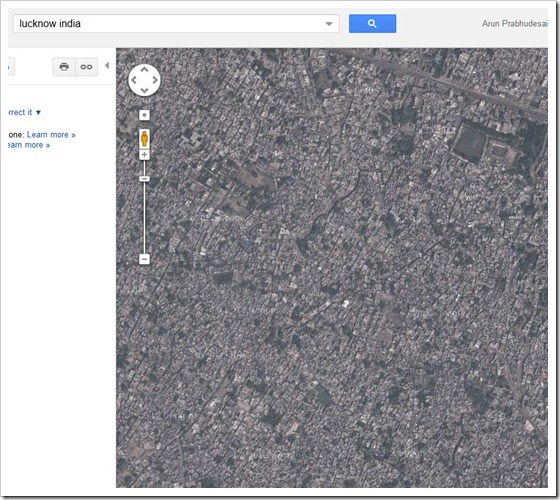
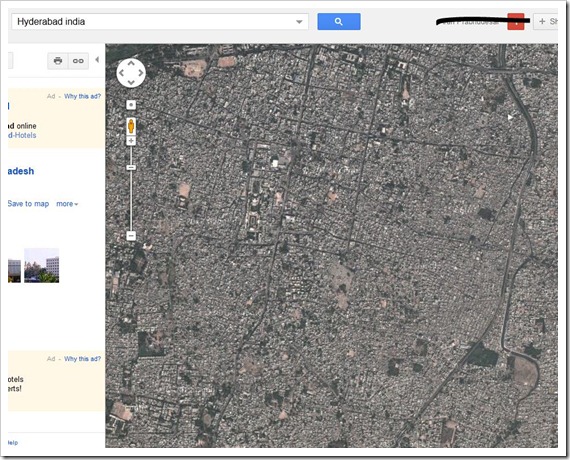
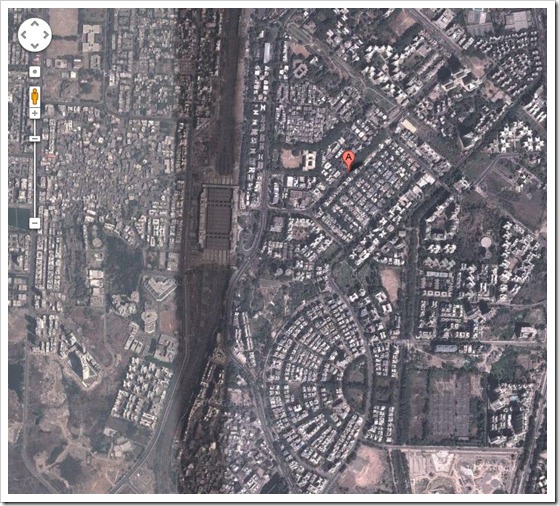
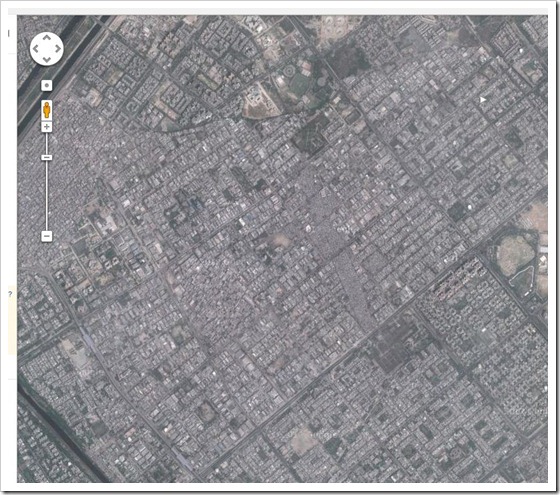
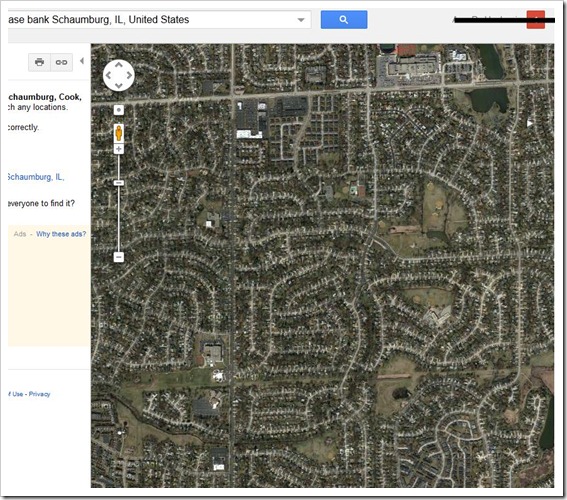
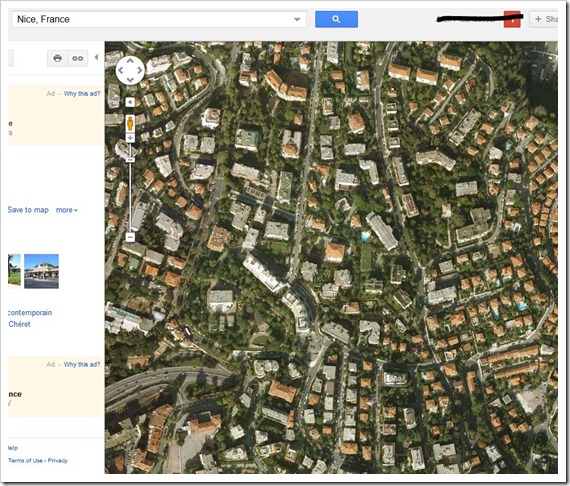
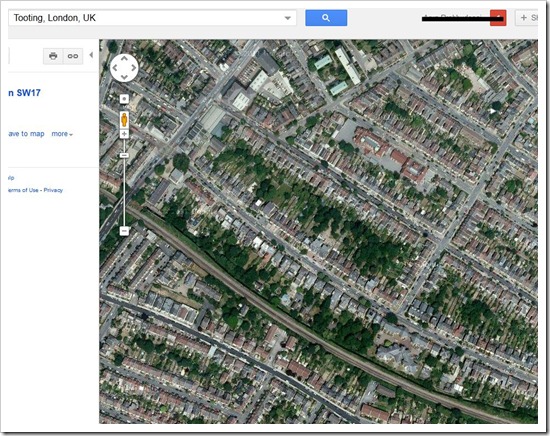
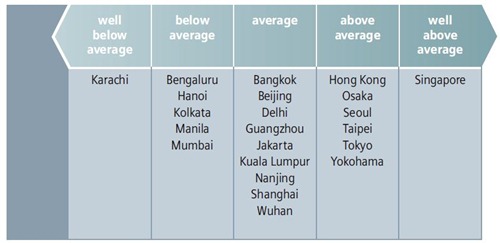
Thanks guys for your comments. Another thing I was wondering about is the disconnect in the minds of citizens living in cities with their surroundings. As mentioned in one of the comments, it might be allowed in legal terms that one can plant trees in unused land. How does the population feel about that? Do they know that they can (and should) plant trees if they find an unused land? Whose ‘job’ is it? If it is left to some government department to do it, then I am very skeptical about it, since a small government department with its staff of hundreds of people cannot take care of the problem in its entirety. If say, one of us wanted to plant trees in a patch of land outside our house, what would the process be? can we just go and plant a tree? or do we run into red-tape and labyrinth of permissions?
I do not know answers to these questions. If someone does, please post them here for benefit of others.
Another thing that is lacking is urban planning. In any of the areas shown in the pictures, I think there was hardly any space allocated for trees by the settlers or the developers. so now we run into a situation where there is almost negligible possibility of ‘greening’ an already established areas. And unfortunately, it is in these areas where most people live. Think of Chandni Chowk in Delhi for instance. thousands of people cramped in a small, limited area for hundreds of years. In the newer areas however, things seem to be a little better. But the impact of these new developments is very limited as of now.
Hi Naweed,
When I said greenary in Dubai is purely artificial, though I did not mean plastic trees, I definitely mean artificial greenary which is not sustainable.
The land is “prepared” with imported soil, piped water sprinklers, and all. Only money can sustain this.
I dont mean to demean Dubai. If you take Las Vegas, it is the same story. In the middle of Neveda Desert, US has created a massive gambling infrastructure called Las Vegas. It is artificially supported.
The reason why I say it is not sustainable is because I also happened to live in Middle East.
When I came to ME in 90s, I was very much impressed with the greenary maintained in cities. In 94 there was a storm and due to which lots of trees were uprooted. When I saw the uprooted neem trees, I saw how artificial they were. The exposed roots told a different story. The roots were not as big and strong as in natural neem trees in India. They were thin with very very few branch roots. Also below 1 or 2 meters, the whole soil was nothing but sand which has no nutrients.
At that moment I realized what “sustainable” means.
If you have heard of “Angkor Wat” you will understand “sustainability”.
People thousands of years back cut down forest and built one of the most amazing temple cities in ancient times. Somehow, when people left that city, the forest reclaimed itself and with in no time, covered the city in such a way that it was hidden for thousand years before it was explored and dug out. You know what I mean?
The nature can sustain forest if you leave it in Angkor Wat.
If you leave attending to Greenary in Dubai, it will become a desert. Thats what I mean by artificial greenary.
Greenary in wrong place :)
Just my two paisa :)
That’s an excellent comment, the keyword being “sustainable”.
So coming back to the main subject, in India of course we have all the support from nature for sustainable greenery.
It’s fairly common to sight wild trees and creepers invading long-abandoned and crumbling built up areas. What more proof do we need of nature’s help?
An excellent article.
In addition to political reasons and awareness among people and the ability of countries to spend a lot to make green, I think there is another reason also.
I had seen Dubai. It is purely money which turned desert to greenary. If you leave the city unattended for a couple of years, it turns back to desert. The greenary is purely artificial.
I had seen Singapore. In addition to money and the will of govt to keep city clean and green, the country falls in equatorial zone. We have ample rains which keep the city green.
Same with Europe, US. The weather helps them keep greenary with little effort.
I has also seen Bangkok. Though the City authorities give normal attention to greenary but it is the tropical nature of the region which keeps the city green.
The problem with India is in addition to being a developing nation, the people lack minimum scence of cleanliness.
Please do not misunderstand me and make cynical comments when I say we lack scence of cleanliness.
I lived in Ho Chi Minh City in Vietnam for a year. I lived in Bangkok for over a year. The Sigon river flows through the HCM city. I had not seen plastic bags floating in water. I had not seen dead animals in the river. Though river side stalls are there, they dont dispose of things in river. Though the people are poor (when compared to Indians) they are very clean people. They deposit garbage in a systematic way.
I had seen Hussain Sagar in Hyderabad and I am not proud when I see it. Please try to understand me.
Cleanliness is not some thing which govt alone should do. It comes from within. Once we start depositing garbage in bins (ofcource govt has to provide bins), we dont eat banana and throw the cover on roads, when we dont throw cigerette butts, when we dont urinate on roadsides (govt to provide toilets) when our city authorities clean drainage and maintain regularly, state/central govts provide budget for waste treatment plants, we will have elevated cleanliness.
Also awareness of greenary is absent. It is only ritualistic when some politicians plant saplings in front of madia and make school kids plant few hundred saplings. After the meida tamasha is over, no one bothers what happened to those saplings. No plan to nurse those saplings.
In addition to all these negetives, we also happen to live in ‘SEMI ARID’ region. Very few places receive good timely rains.
So with lack of scence of cleanliness, lack of awareness of hygene, lack of govt will to do, lack of money to govt, we continue to rot when others with little effort are enjoying surroundings more.
Just my two paisa :)
When you say Dubai’s greenery is artificial and money-driven, I’m sure you don’t mean they’ve propped up plastic trees. :)
I mean, as long as there are positive efforts from both people and governments, greenery can be maintained and increased.
You’ve got some really important points about cleanliness and civic sense in your comment….I second your views!
I too have seen saplings planted in my city with fanfare, but feel sad to see some of them dry up and collapse due to lack of care. Fortunately, good spells of rains seem to have spared many of them!
We don’t have be like Dubai to bring more greenery — nature is on our side — but a little follow-up action and concern will definitely make a huge difference.
Want to congratulate you on coming up with a nice article. We need to be exposed to these issues even more.
This article would be even more interesting if you had a picture of a desert-turned-green city — read Dubai!
Also, I don’t like pointing a finger at politicians for the lack of urban greenery.
The situation may vary from city to city, but the last time I checked, in Pune it wasn’t hard for citizens to attain permission from the authorities to plant hundreds of trees in patches of unused land.